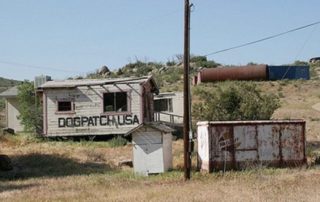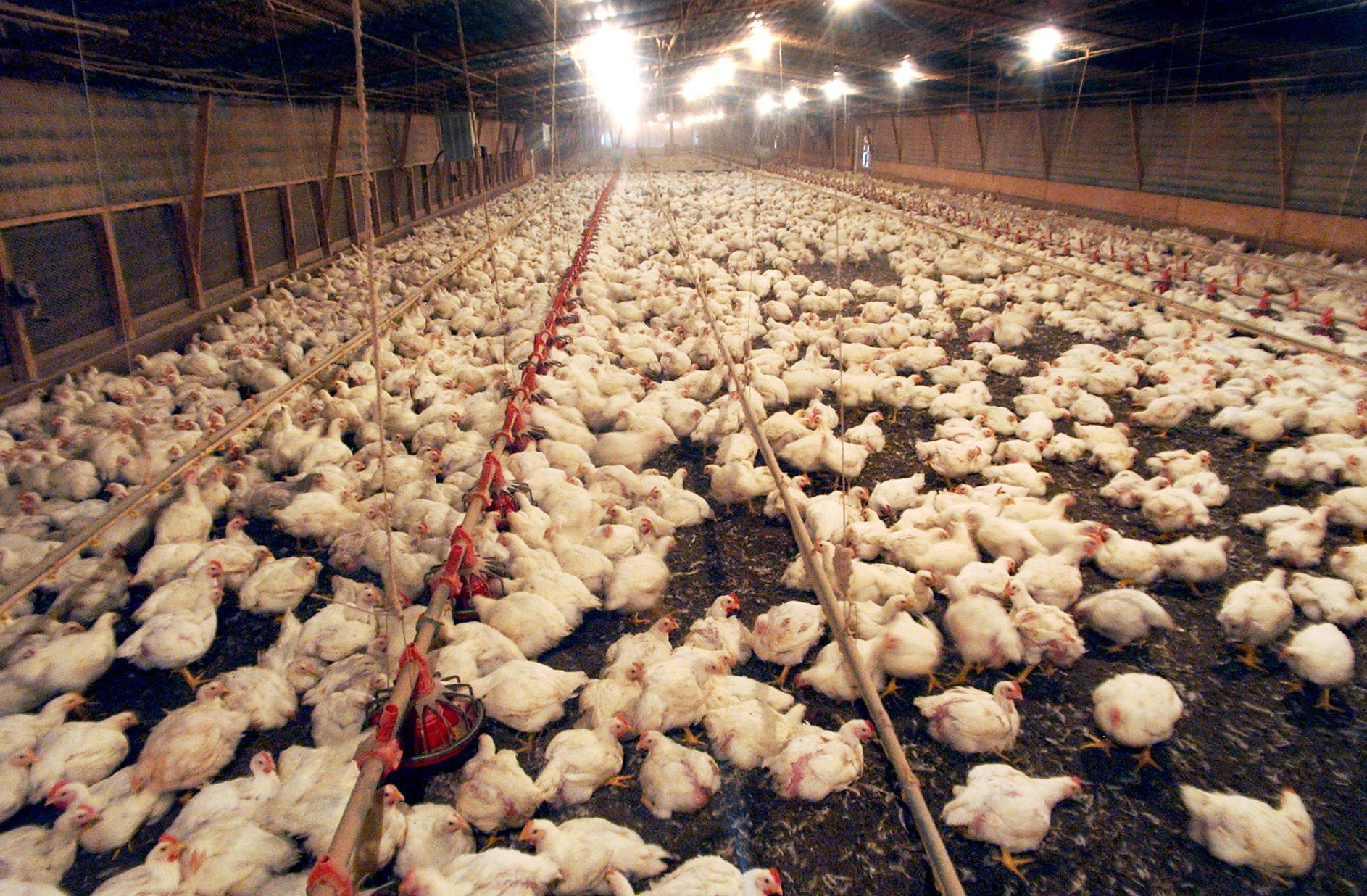Beautiful Buffalo River Action Committee (BBRAC) Meeting (11/13/18)
At a recent BBRAC meeting in Little Rock, several agencies reported some action. The Health Department reported on a small survey of septic systems in Newton County, and the Geology Department has stunning new relief maps of the watershed. But the most important meeting announcements were by Mark Faust, the new Superintendent of the Buffalo National River, and Billy Justus of the Little Rock office of the United States Geological Survey (USGS). Faust announced a “Buffalo River Science Symposium” scheduled for April 23-24 at the Durand Center in Harrison. The idea is to present as much science pertaining to the Buffalo River watershed as possible. This could be an opportunity to exchange ideas with researchers and regulators like the Arkansas Department of Environmental Quality and the Big Creek Research Extension Team and the many citizen advocacy groups like the Buffalo River Watershed Alliance, Ozark Society, etc. Justus made a presentation about microbial source testing on Mill Creek, which is notorious for years of pollution from non-functioning sewage treatment at Dog Patch, and also from cattle farms in the Crooked Creek drainage, which none-the-less contributes to Mill Creek because of karst. They are differentiating between poultry, humans and cattle, but not hogs [...]


